Understanding Cannabis
There are thousands of unique strains of cannabis, and each have their own specific properties that affect its growth, efficacy, taste and aroma, as well as its psychological and physiological effects on humans. In general, most strains can be squarely placed into three distinct subspecies: cannabis indica, cannabis sativa, and cannabis ruderalis.
Most of the photoperiodic strains (those that will bloom based on changes in the surrounding light cycle) will contain differing amounts of both sativa and indica genetics. Cannabis ruderalis, however, is different - an auto-flowering cannabis, it blooms on the basis of reaching a specific stage of maturity; morphologically speaking, it is considered to be inferior to photoperiodic types. This article will primarily concentrate on the characteristics of sativa and indica, however, so as to give the average grower a more accurate picture of what they can expect.
Indica
Cannabis indica is native to the present-day regions of Afghanistan, Pakistan, Turkey and India. Originating from the harsh and varied surroundings of the Hindu Kush Mountains, these stocky shrubs grow with broad, dark green leaves to absorb all available sunlight, bloom quickly, and produce plenty of dense buds.
Cultivation Information
Home growers often favour indica strains, as they can be relatively easily cultivated without the need for too much space, extra resources or time - this is owing to the short growth cycle they offer, as well as their diminutive stature.
As such, a short shrub that ripens quickly is easier to handle (particularly inside) than a bushy and oversized tree. Even free-grown plant varieties are flexible and cope very well with any fluctuating temperatures. In addition, the rapid flowering time of indicas also enable growers who prefer to harvest outdoors, to do so before the first frosts.
Care Tips
Although indica plants usually grow into the classic Christmas tree shape, their growth can be stunted and manipulated to balance the canopy and direct more light onto all available buds. Techniques such as nutrition and basic LST (low stress treatment) can be utilised to keep the plant in an ideal shape, healthy and yielding abundant crops.
Once happy with the way they look, it is possible to direct the plant from its vegetation phase to its flowering phase simply by reducing its hours of light exposure, from 12 hours on and 12 hours off.
One of the most common “disadvantages” that requires extra care for indicas is also one of its greatest advantages: its dense buds. In fact, as buds grow in size and weight, there is a much higher risk of mould forming on them, especially in moist surroundings where temperatures offer favourable conditions for pests and pathogens. It is crucial to avoid this problem by carefully and consistently checking the conditions inside, or setting up a suitable cover if outside (in case of rain, excessive humidity, etc.).
An excellent safety net can be a small greenhouse or shed where plants can be protected from bad weather.
Characteristics of Cannabis Indica
· Low, stocky physique
· Broad, dark green leaves
· Dense buds
· Short flowering time
· Flexible response to temperature fluctuations
· Susceptible to mould and pests
Cannabis Sativa
Cannabis sativa can generally be found in the warmer and more arid areas of the Asian, Africa, and Central American regions. They will develop into tall, lean looking plants that usually sport long and thin leaves. Because cannabis sativa can exceed three metres in height, it will usually take far more time to mature than indicas.
Cultivation Information
Sativas need a great deal of light, as well as higher temperatures, to bloom successfully- think of their natural habitat with its relative closeness to the earth’s equator. They will also require a lot of space; they produce less dense buds, and will stay in the flowering stage for several weeks longer than most indica. Advantageously the plants need significantly less fertiliser and nutrients than their indica counterparts. Moreover, due to their airy buds, the flowers are less prone to attracting excess moisture and developing mould.
Sativa Care Tips
Sativa plants can be delicate and have less chlorophyll content than indicas, owing to their thinner leaves. This also means that sativa plants require sufficient light, heat and humidity
Although the cultivation of indicas may be problematic in the tropics, sativas will, conversely, do extremely well in warm, sticky weather. Those with good cultivation experience can manipulate/limit the height of their sativa plants using the aptly named Screen of Green (SCRoG) technique. By placing a lattice over the plant and passing the new shoots through the net, you can make a flat canopy to optimise the space available, whilst maximising yield potential.
Like indicas, traditional (photoperiodic) sativa cultivars require specific changes within the light cycle to begin flowering. Keep in mind that plants may continue to grow during the first few weeks of the flowering phase, so it is important to ensure that there is enough room for this to take place.
Characteristics of Cannabis Sativa
· Tall, lean physique
· Thin, pale green leaves
· Airy buds
· Longer flowering time
· Requires higher temperature and humidity
· Less sensitive to mould
Hybrids
Although 100% indica or sativa strains do exist, most varieties on the market today contain both genetics in differing amounts.
As a result, these “hybrid” strains may be either indica-dominant, sativa-dominant, or share 50 / 50 percentages in both genetics. This versatility allows breeders to create new strains that take advantage of the best traits within the sativa and indica types, whilst being able to eliminate less favourable traits. A well-bred hybrid will often showcase the dense bud structure and short flowering phase of indica, combined with the best properties of a given sativa to offer the best of both worlds.
As for the aforementioned ruderal subspecies… hybrids may also contain these genetics, too, primarily to reduce flowering times. Some photoperiodic cannabis strains may contain small amounts of ruderalis, but these genetics are most prevalent in autoflowering types.
Hybrids usually inherit the easy cultivation of indica plants while retaining the very attractive effects offered by sativas. This is why hybrids have become popular with both household and commercial growers.
CHARACTERISTICS OF HYBRID CANNABIS
· Its morphology is derived from both sativa and indica
· Usually short flowering time
· High yields
· Robust and flexible growth
A great example to consider is a Skunk variety. If you're looking for a high that is at once powerful, whilst offering a profile that truly combines the benefits of both sativas and indicas, it is a superlative choice.
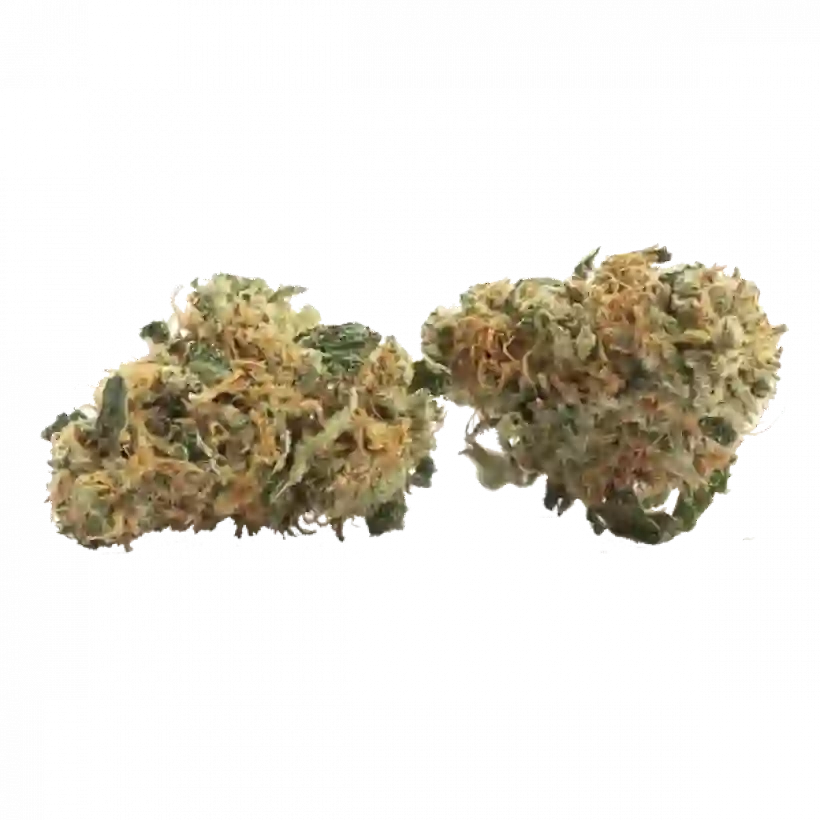
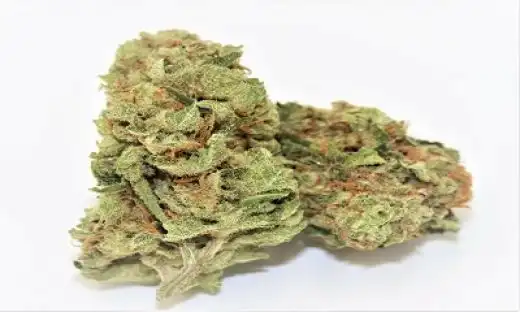

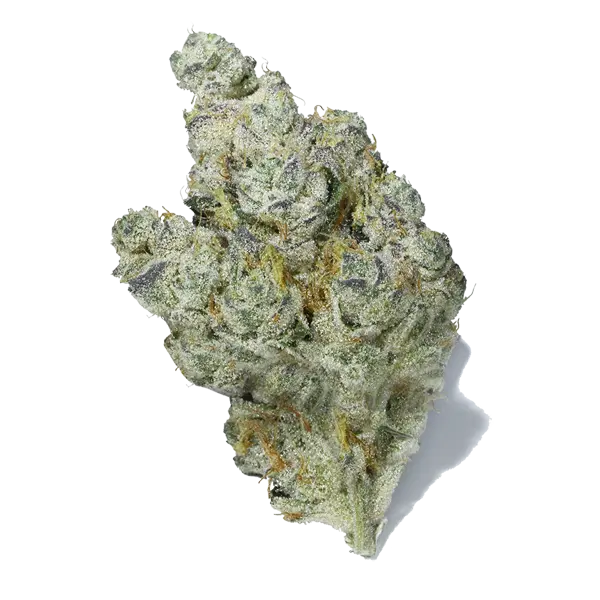
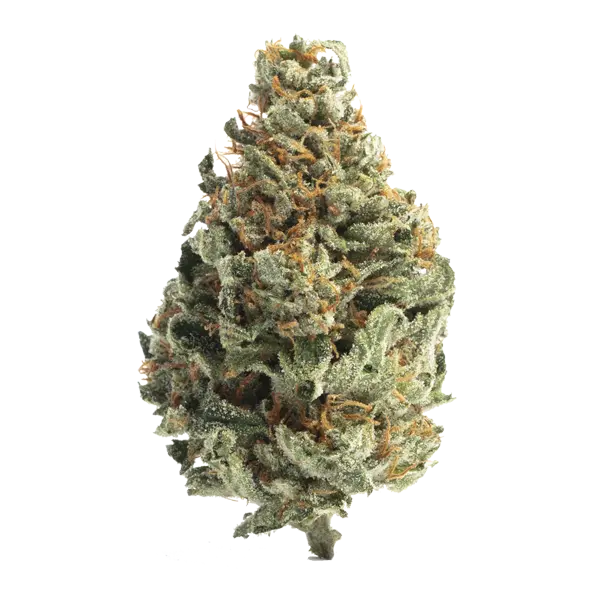
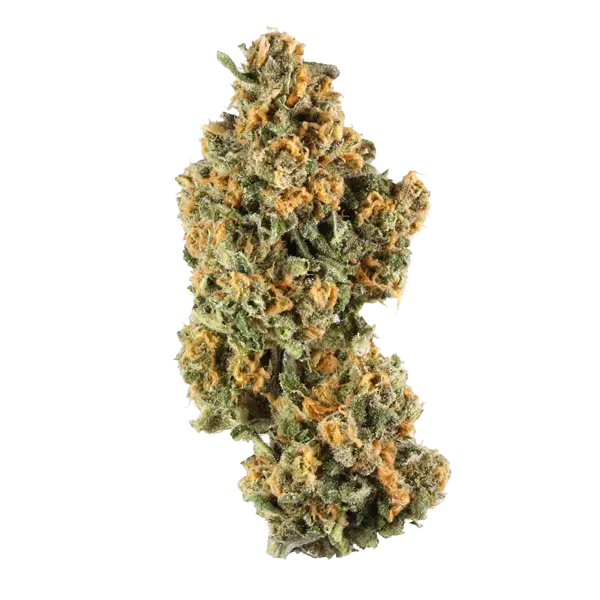
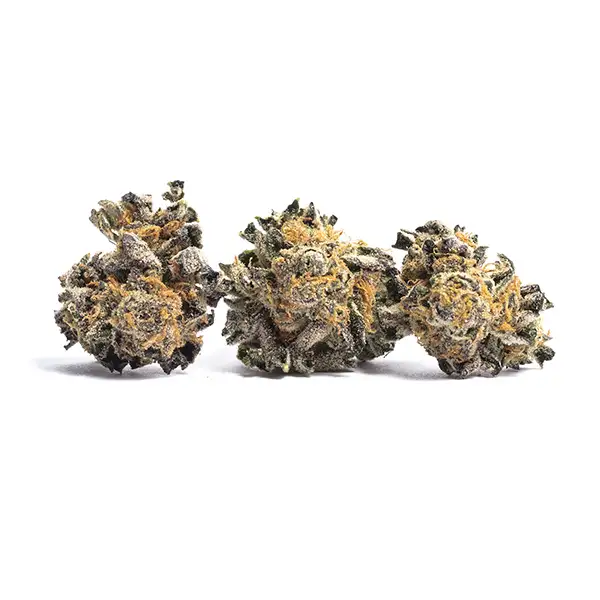
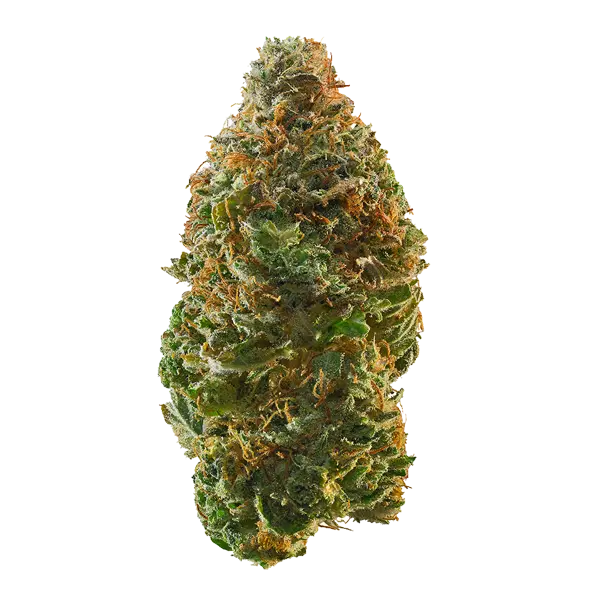
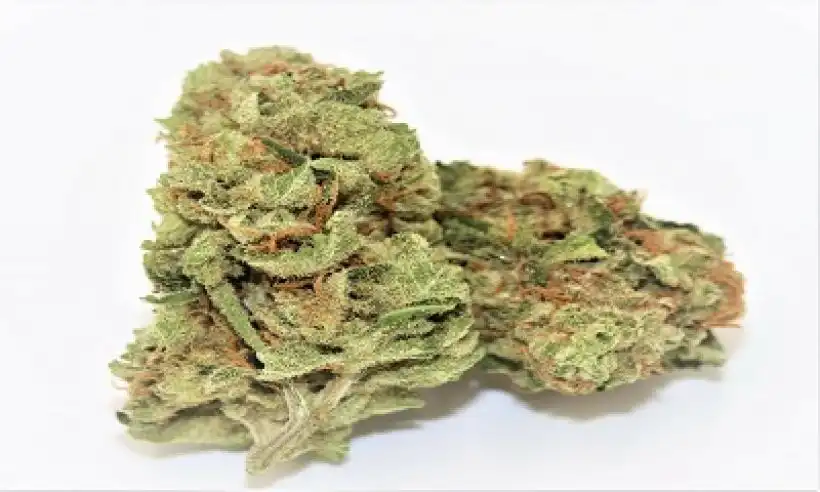
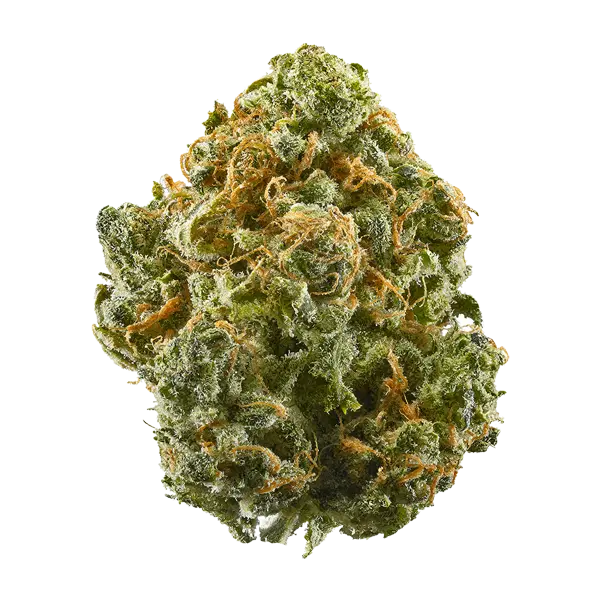
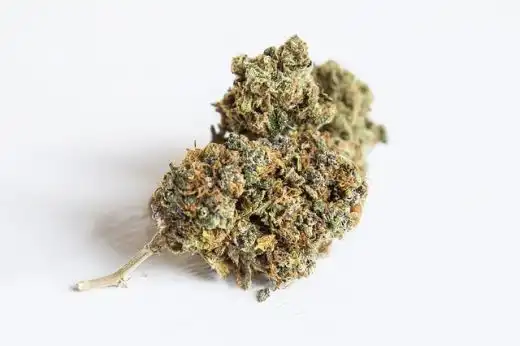
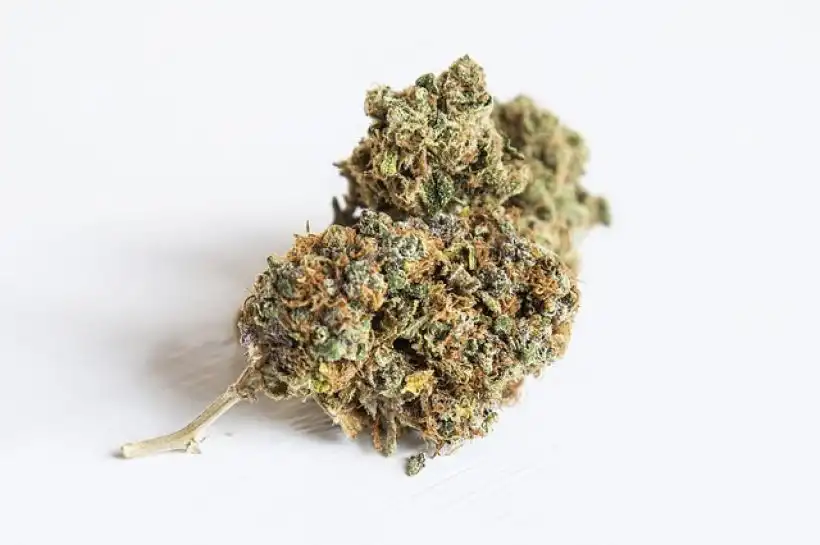
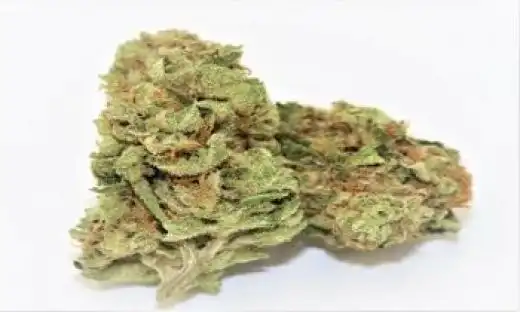
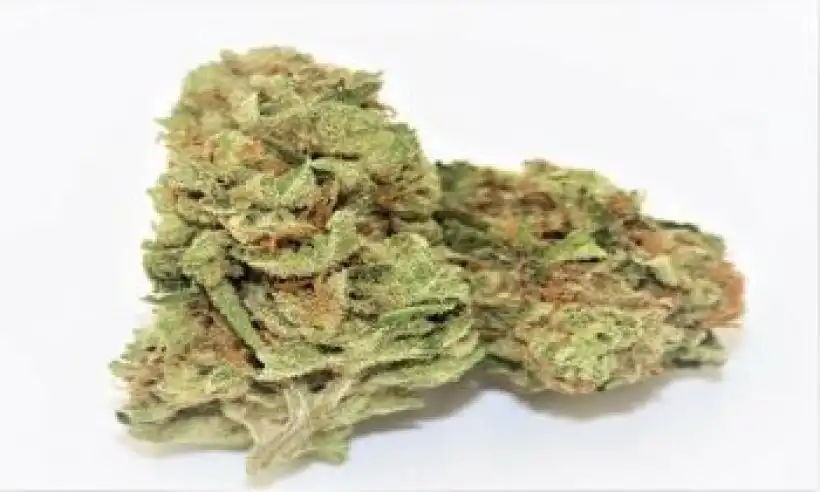
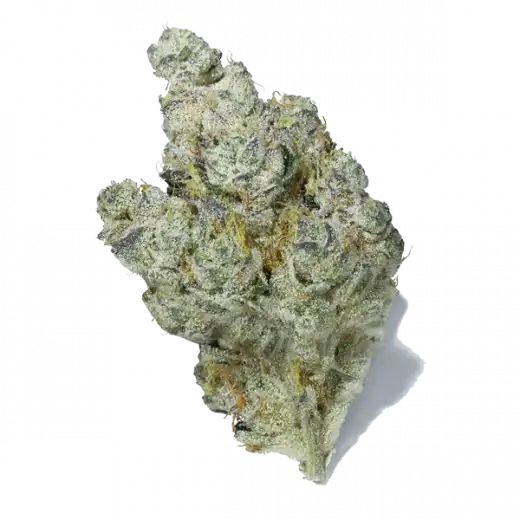

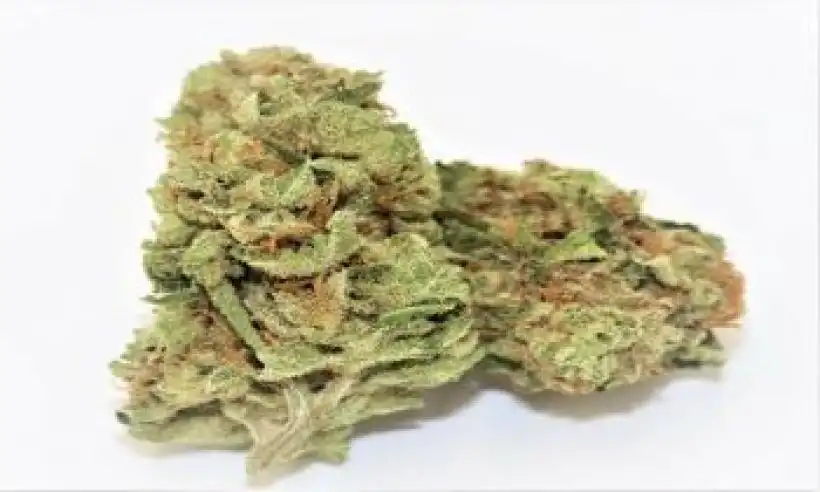
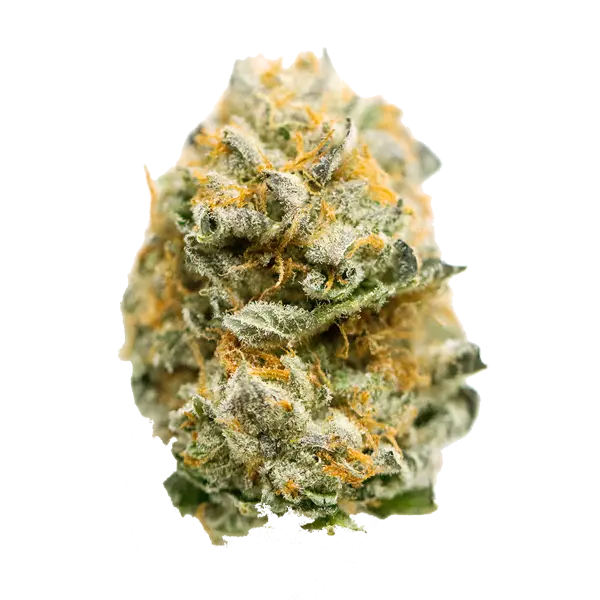
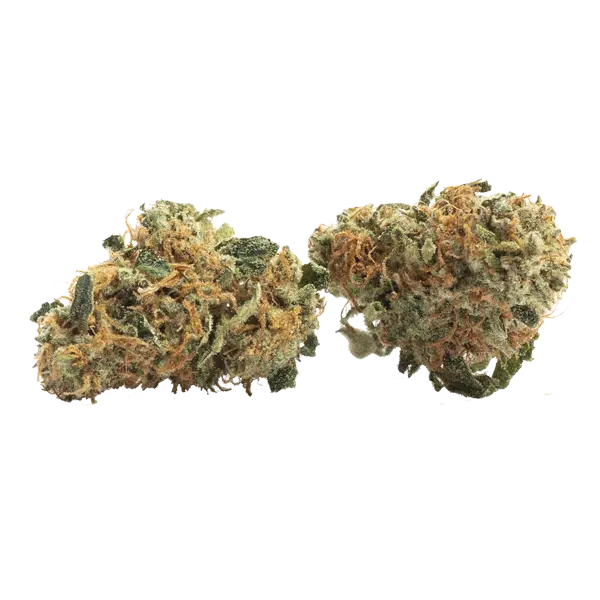
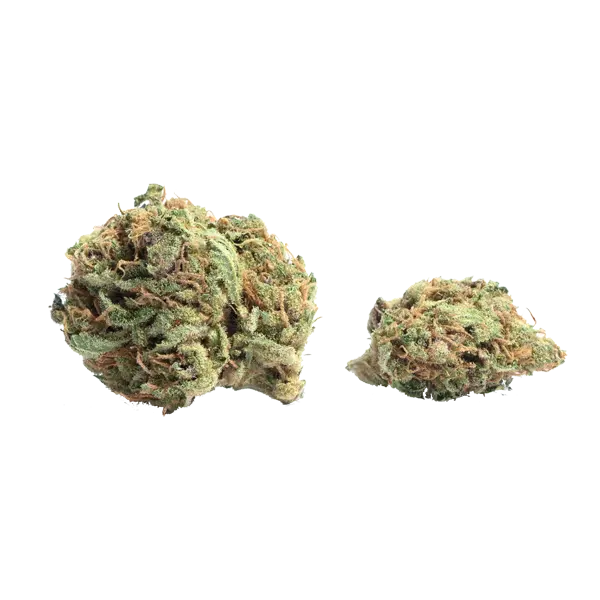
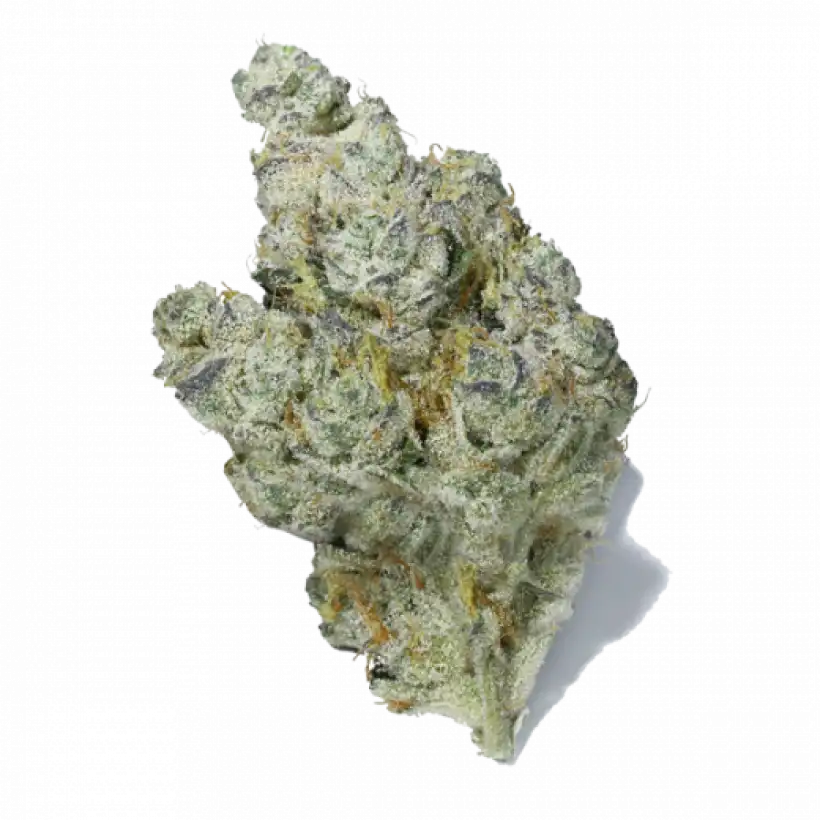
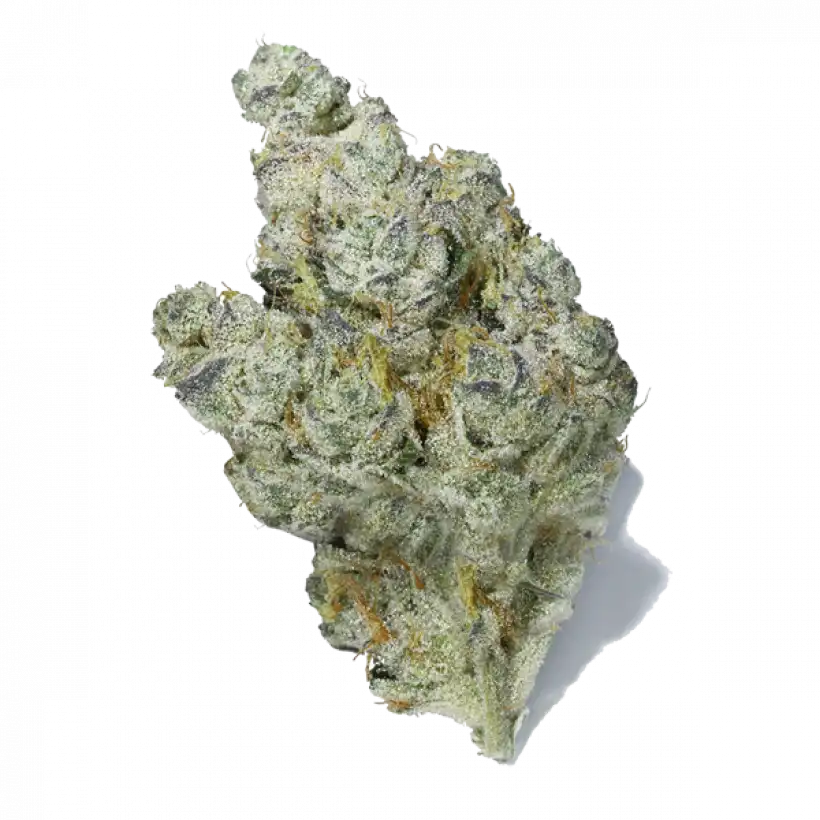
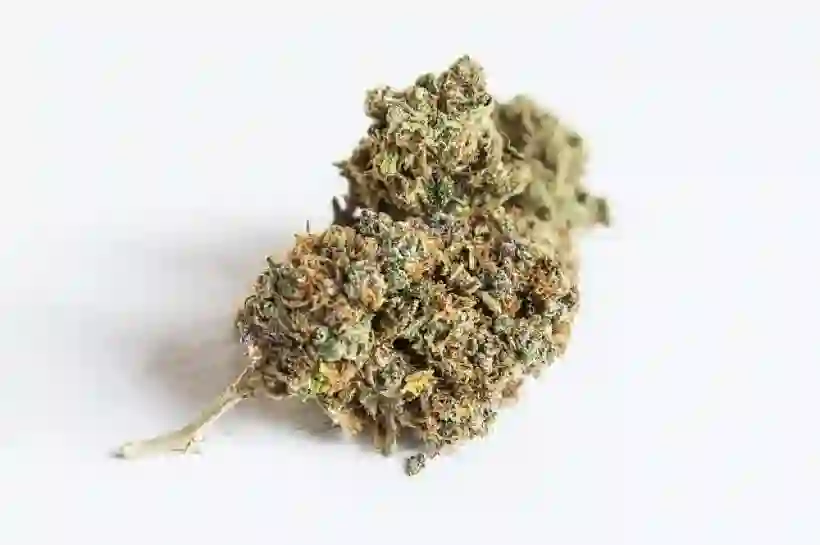

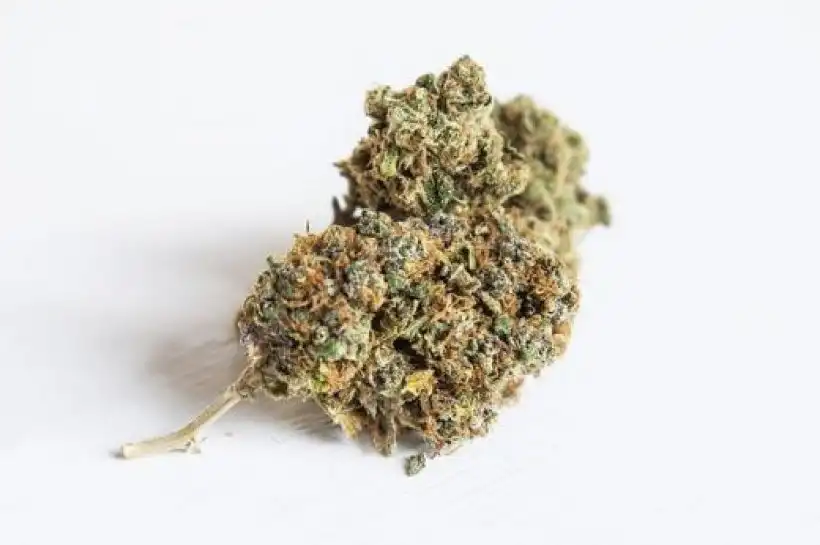

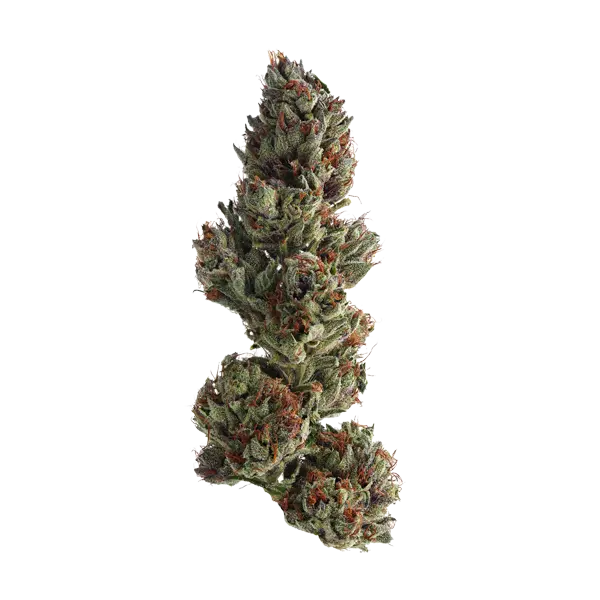
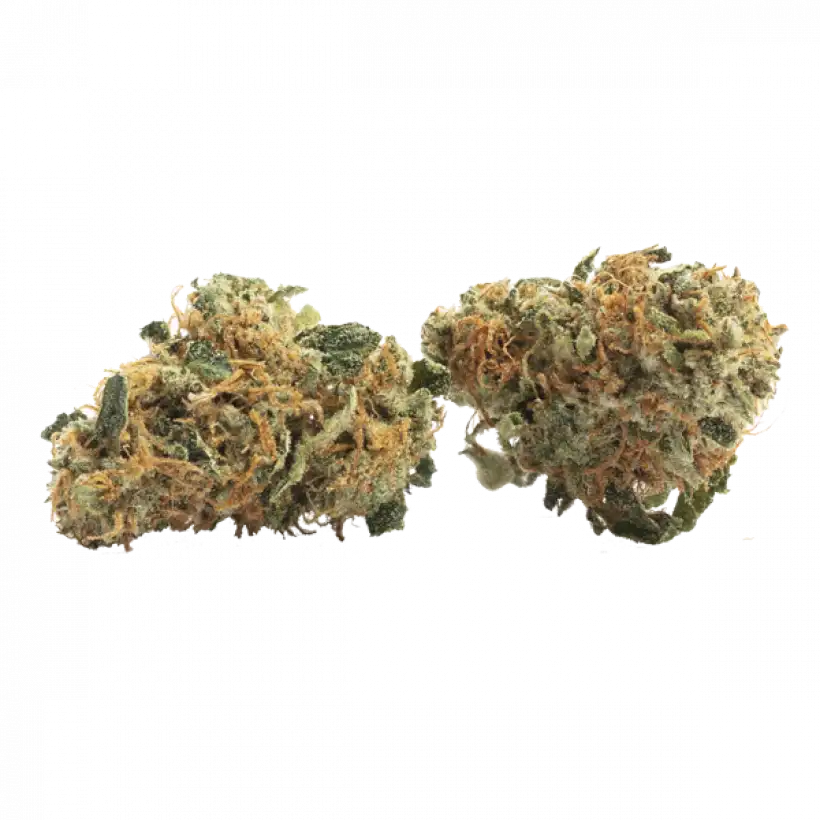


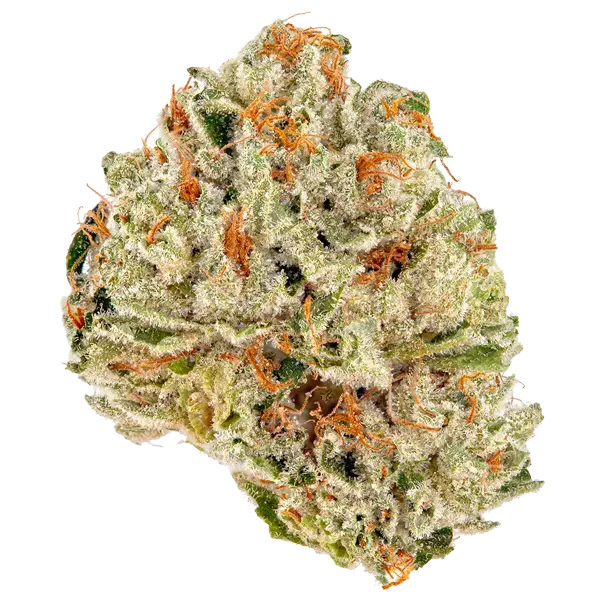
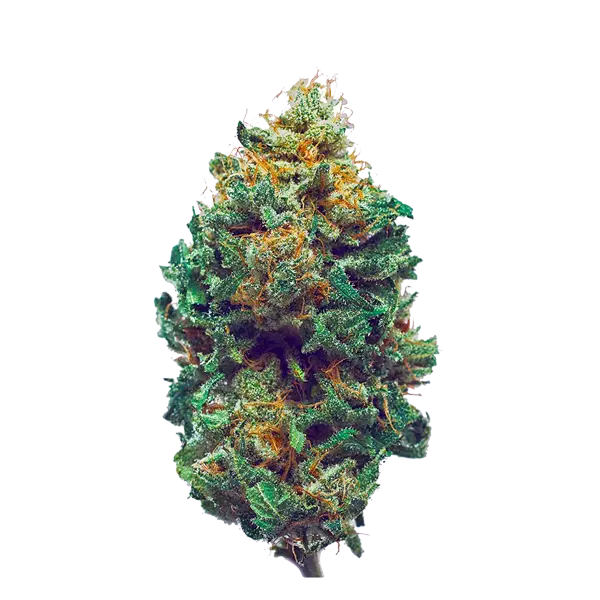

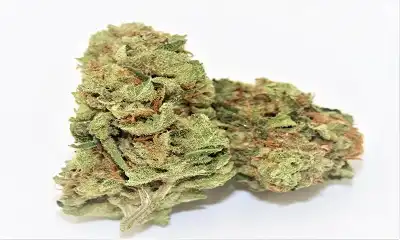
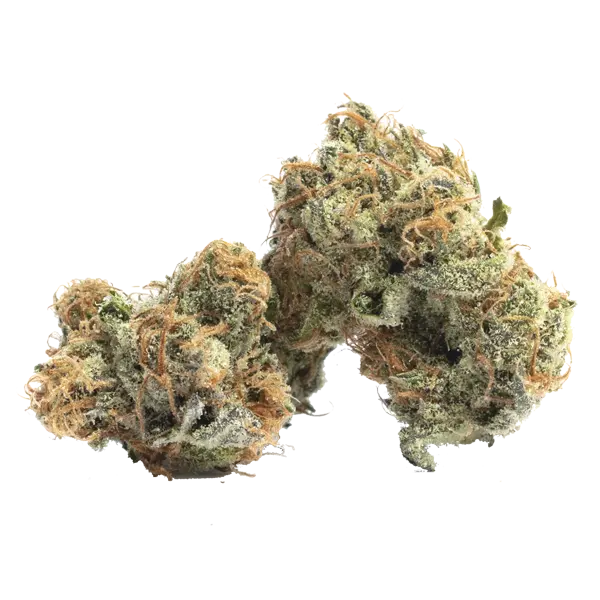
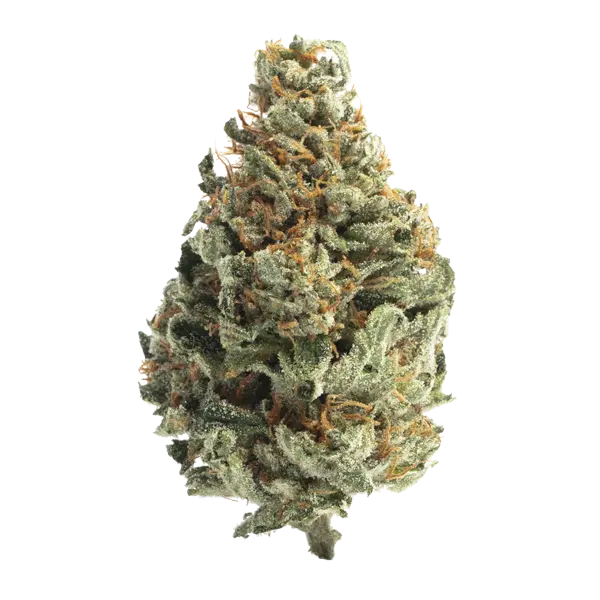
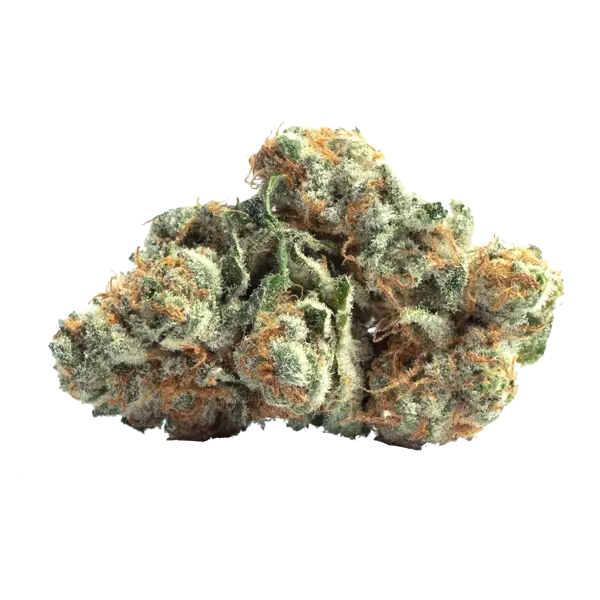
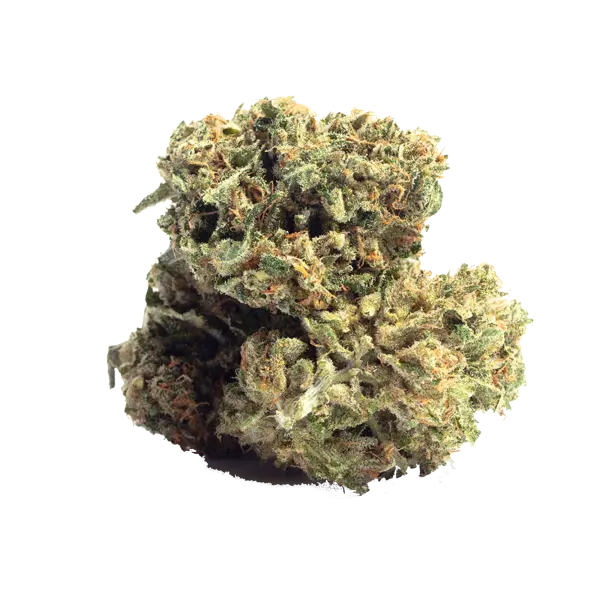
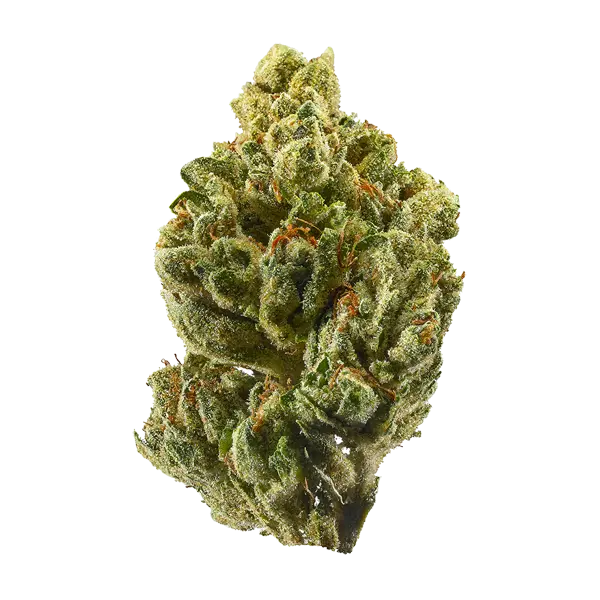
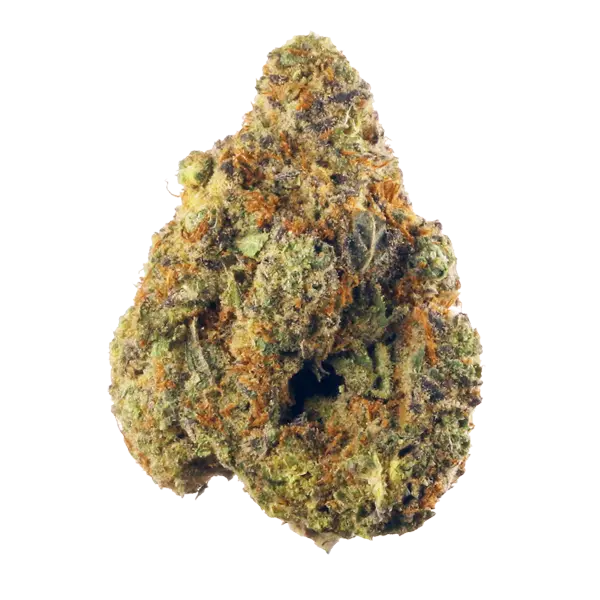
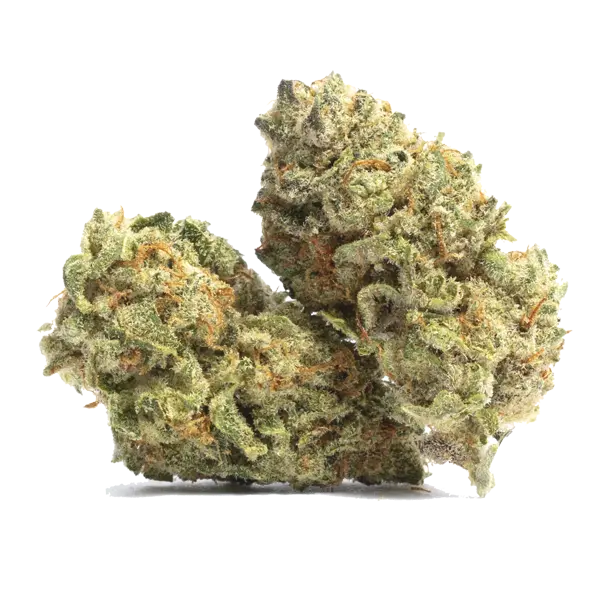
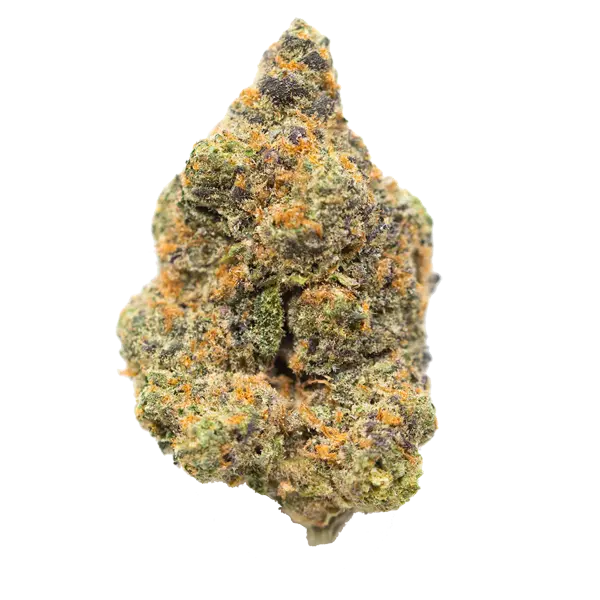

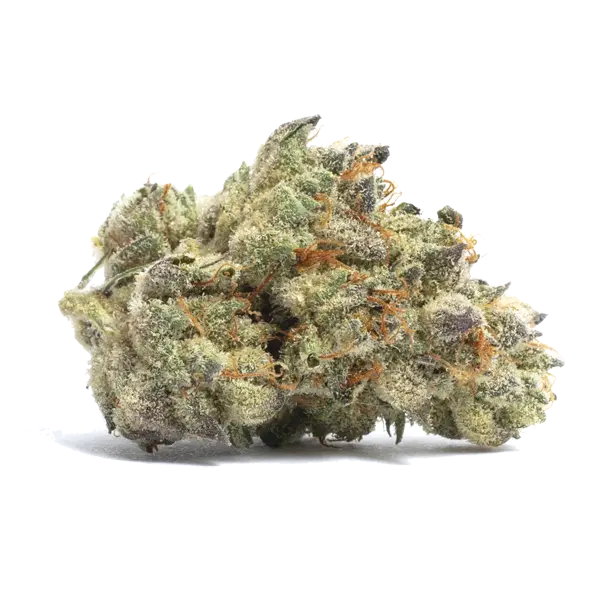
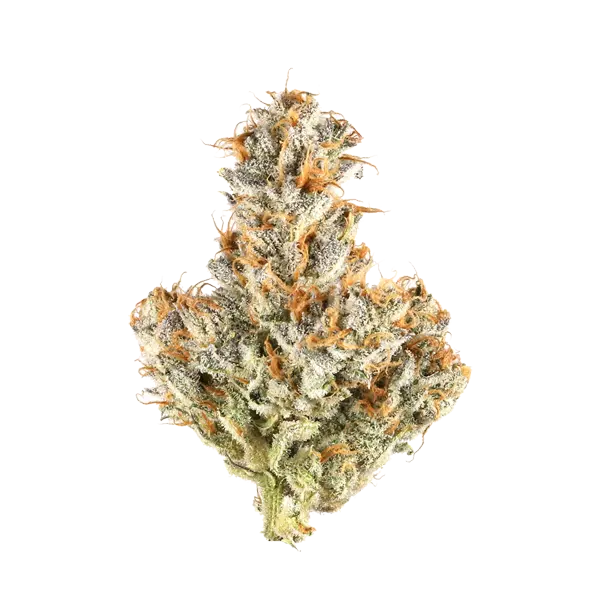



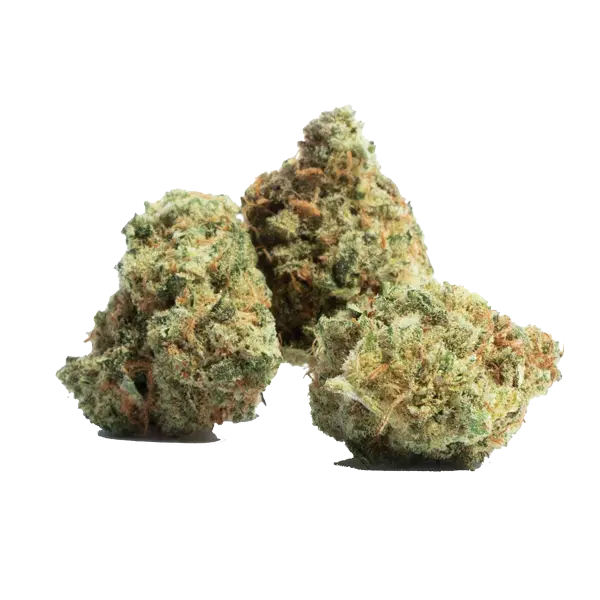
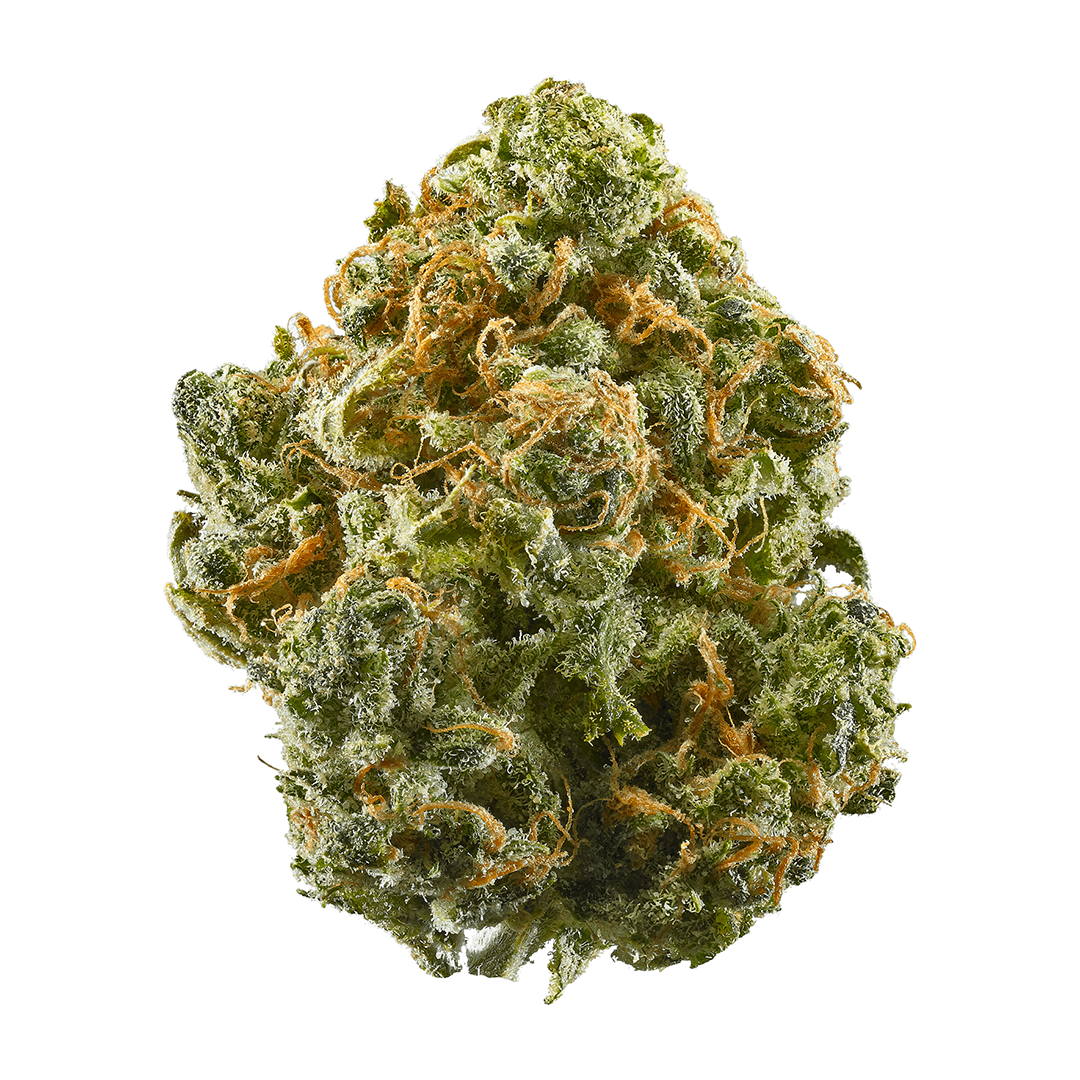







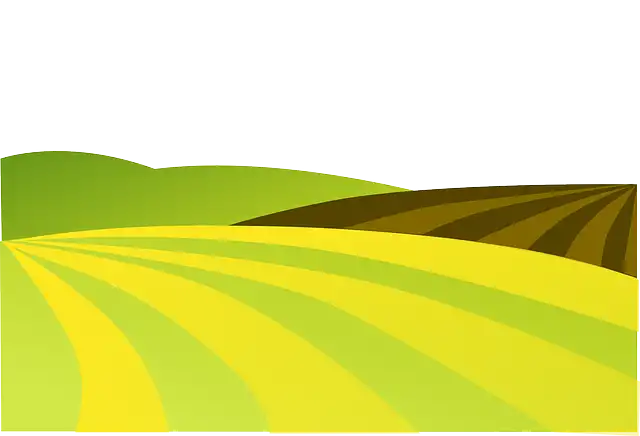
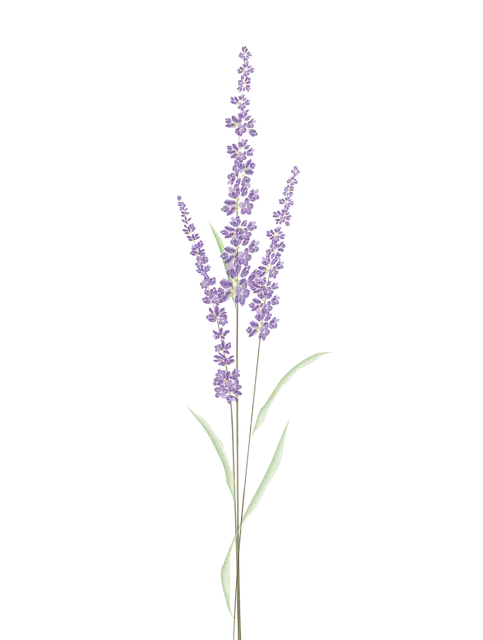

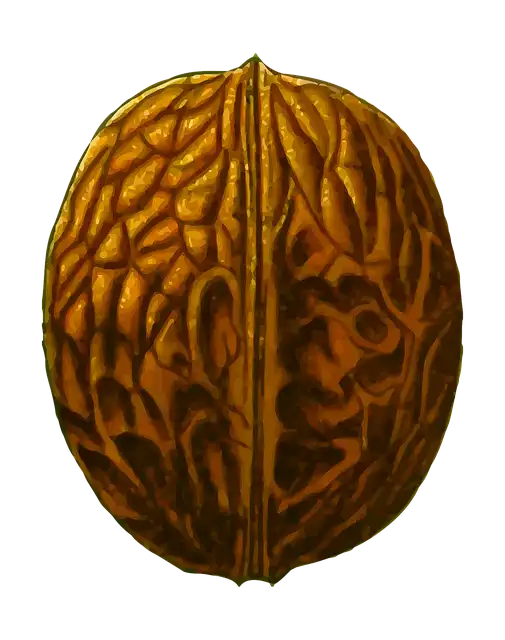
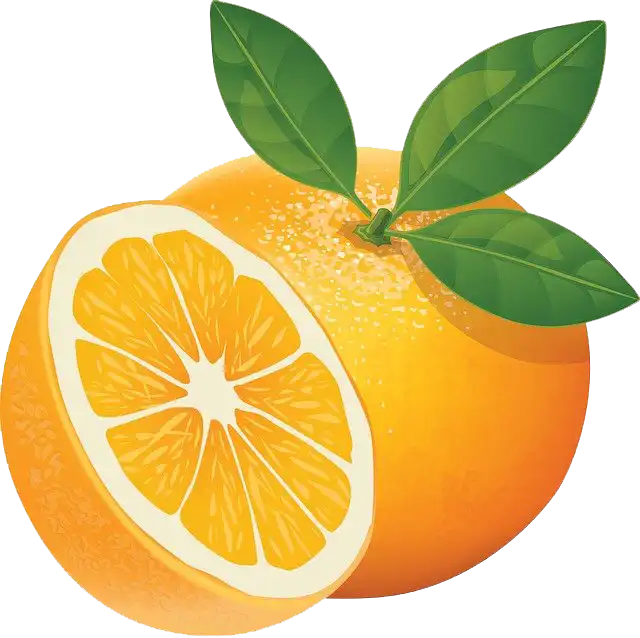

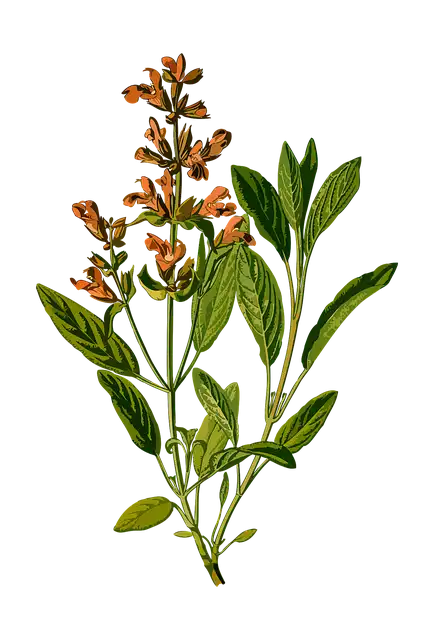

 Preparing for Organic Cannabis Cultivation
Preparing for Organic Cannabis Cultivation Harvesting Kief to Make Hash
Harvesting Kief to Make Hash








